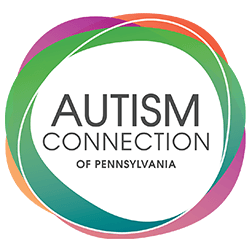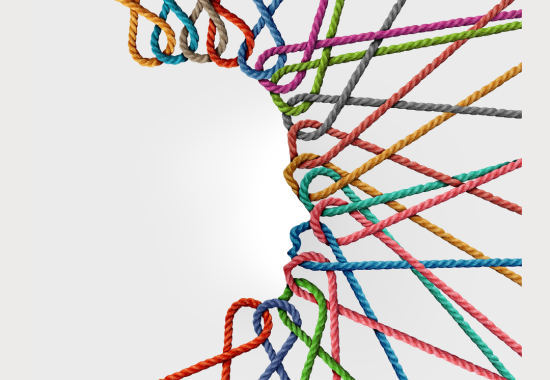While waiting for the coffee to finish brewing in the office kitchenette, my eyes fixated on the stream of coffee entering the carafe and the tranquil sounds it made in anticipation of the final surge of steam as the brewing finished. This concentrated focus drowned out a number of elements that flooded the surroundings, flickering lights, multiple distant voices, phones ringing, and the general energy of movement within the maze of cubicles.
During the reverie, I saw a peripheral figure approaching to my left, and a soft, clear voice flowed into my ears, “Good morning! How are you?” and at that moment, I straightened and turned my entire torso toward the person asking the question, stopping like a machine that produced speech. I heard my own voice say, “I am bereft of coffee.” And all memory of the moments following would never gel in my mind because I could only fixate on my social ineptitude.
Bereft of coffee. Who says that? Did you even make eye contact?
Bereft
Bereft is not a word used often in everyday conversation. It’s a complex, haunting word that comes from bereave, a term of loss and mourning that communicates that something is lacking.

Yes. I looked up the use of the word “bereft” over time. It really took a dip in the 1940s and I’ll probably try to find out why.
In the morning kitchenette interaction, the thing that was lacking was coffee, and the choice of the word bereft in this specific case seems a bit dramatic. The word may also communicate on some level that I really want to interact on your terms, but I just don’t know how. It takes a great deal of concentration and sometimes the words just pour out and I wish I could collect them and rearrange them into something, well, “normal.”
The coworker who kindly asked the question was likely to think, “Well, that was an unusual response,” and the moment would vanish along with the multiple mundane things that occur in a nondescript workday. But for me, this common office interaction became a source of shame that lingered for months. This wave of embarrassment was probably unnecessary but it is something that people on the autism spectrum face when they are aware of basic communication differences that can sometimes lead to misunderstanding.
Full Cup
When we have people who truly understand communication differences, we find that they often see these types of interactions insightful, and sometimes endearing. While lamenting to a trusted coworker about my perceived social awkwardness, she said how lovely it was that I was able to express such a deep love for coffee, and in turn, a deep appreciation for words. Bereft is a beautiful word that can express longing for acceptance, and even longing for something comforting, like a cup of coffee.


